Food preservation is the key to keeping up the flavor, quality, and nutritional worth of food in time. One of the most efficient food preservation strategies is moisture removal. This is because moisture is what permits mold, bacteria, and yeast to grow and damage food. Besides, lowering the moisture content, we can notably slow up spoilage, preserving the flavors, nutrients, and texture we love.
This is why it’s best for long-lasting storage. Here comes the question, what are the three methods of moisture removal to preserve goods? So, today’s post is all about three primary techniques of moisture removal typically used to preserve food: air drying, freeze-drying, and dehydrating. Remember every method has particular advantages and applications, appropriate for different kinds of foods. Let’s learn how the fusion of modern technology in the form of dehumidifiers with these methods can speed up the process of food preservation.
Three Methods of Moisture Removal to Preserve Foods
In a world where fresh, healthy food is progressively in demand, the art of food preservation has seen a comeback. The three fundamental methods to remove moisture from food and to increase the span of our favorite foods are air drying, freeze drying, and dehydration.
Air Drying
One of the main types of drying methods is air drying. Air drying is considered one of the ancient and most natural drying food methods of food preservation. What is food drying? Typically, this method of drying food depends on the natural air circulation and sunlight to dry up moisture from the food slowly and equally. It’s an accessible energy-efficient method that has been used for centuries. Air drying is mostly utilized for herbs, vegetables, fruits, and even a few kinds of meats and fish. As it doesn’t demand complex tools, air drying is an easy way to remove moisture from food.
How does an air drying work? In air drying, food is outspread in a warm, properly ventilated space. It allows the moisture in the food to evaporate gradually. It’s necessary to put the food in a space with enough air circulation to prevent mold from thriving. In such scenarios, dehumidifiers can be highly useful in rushing the procedure by reducing the humidity in the drying areas. Consequently, it allows the food to dry quickly and more completely. The best foods for air drying include fruits such as apples, grapes, and apricots. Also, herbs such as basil, rosemary, and thyme are ideal for air drying. Vegetables like peppers and tomatoes also come in the drying food preservation category. Air drying does better for foods that contain less water or that are sliced into small pieces to promote quick drying.
What are the benefits of air drying? Air drying is cheap and energy efficient. Because it does not depend on electricity, it’s environmentally safe and perfect for mass drying. Also, this technique assists in keeping the food’s original flavor and color. Investing in a dehumidifier during the method can lower drying time, enhance quality, and help sustain the food’s taste and texture. In short, air drying is an exceptional method for preserving food naturally.

Freeze-Drying
Among the types of drying methods is freeze-drying method. Freeze-drying is a very powerful and advanced method for the removal of moisture in food preservation. It preserves food by freezing it and then extracting the moisture levels through sublimation. Sublimation is a technique that moves ice directly into vapor without undergoing the liquid level. Freeze-drying sustains the food’s color, shape, and nutritional value excellently. This makes it a famous alternative for preserving high-nutrient foods.
How Does Freeze-Drying Work? Freeze-drying begins by chilling the food to a highly low temperature. When frozen, the food is set in a vacuum chamber, where the temperature is slowly increased. This causes the frozen water in the food to dry up at once. Such a light procedure lets the food recover much of its natural flavor and structure. This results in a fine product best for lasting storage.
The best foods for freeze-drying food method are vegetables, fruits, meats, and even full meals. This technique functions especially better for foods that you require to rehydrate afterward. For instance, apples, berries, meats, and potatoes. Freeze-dried vegetables and fruits hold on to their nutrients and taste, making them a simple alternative for hiking, camping, or emergency supplies.
There are several benefits of freeze-drying to preserve foods. Freeze drying provides the top levels of nutrient reservation among drying food methods. It maintains the food’s taste, color, and texture better than other drying strategies. Besides, it allows it to be rinsed conveniently with water when required. Although freeze-drying demands specific equipment, the food’s long shelf life and high quality make it worth the money. Freeze-drying is perfect for the ones considering a preservation technique that keeps freshness for years. That’s why it’s a famous choice for emergency preparations.
Dehydrating
Dehydrating is a celebrated and affordable method for the removal of moisture in food preservation. Typically, this method utilized controlled heat and air circulation to eliminate moisture from food. It’s a versatile and mostly used technique for vegetables, fruits, meats, and snacks. For instance, dried fruit and jerky. Dehydrating food at home can be performed with an oven, a dehydrator, or even a commercial-grade dehumidifier for big collections.
How does dehydrating work? Dehydrating works by revealing food to low heat and gradual airflow. Usually, in a dehydrator, trays of food are assembled to permit hot air to spread equally around each slice, extracting moisture slowly and continuously. For best outcomes, the food should be sliced into thin, steady pieces to confirm fair drying. Dehumidifiers can also help in keeping up a low-humidity atmosphere to ensure foods dry swiftly and more comprehensively.
When it comes to the best foods for dehydrating, it functions well with fruits. For instance, bananas, mangoes, apples, and vegetables like carrots and bell peppers. Also, meats can be dehydrated to turn jerky into a high-protein snack with an increased service life. Foods rich in natural sugars and fiber are particularly best-fitted for dehydrating. This is because they recover their texture and flavor better.
Why dehydrating should be preferred to remove moisture from food? Dehydrating is an energy-saving technique to preserve food. It improves the flavor of fruits and vegetables by focusing on natural sugars. That’s why it’s an exceptional choice for healthy refreshments. Dehydrated food is light, easy to preserve, and revives much of its nutritional worth. Contrary to preserving food by drying, dehydrating is quick and more authentic. Particularly with the finest dehydrator or advanced dehumidifier to help keep a balanced atmosphere. So, if you want to make healthy snacks or lower food waste by protecting seasonal products, the dehydrating method is for you.
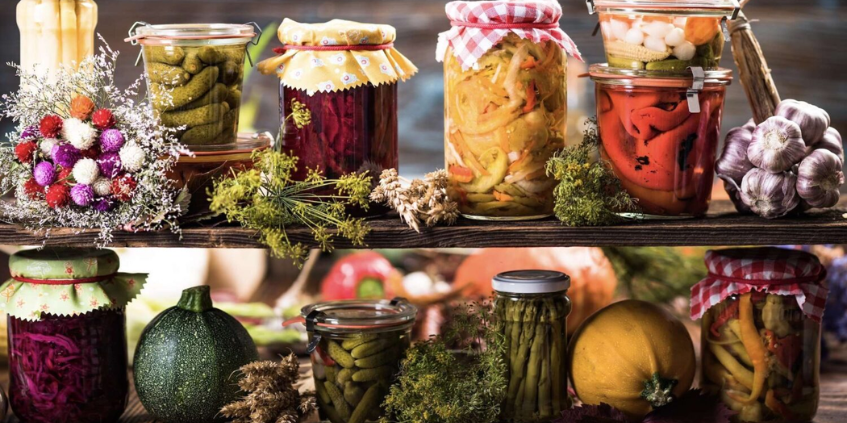
How to Choose the Right Moisture Removal Method For Different Foods?
In regards to preserving food, choosing the most fitting drying food method relies on the kind of food, wanted shelf life, and individual preferences. Below is a quick guide on selecting between, air drying, freeze-drying, and dehydrating.
For Delicate Fruits and Vegetables: Freeze-drying is mostly the perfect option for preserving delicate fruits such as strawberries and vegetables like green beans or peppers. This technique makes sure that the food keeps its natural color, shape, and nutrients. This is the key if you want to rehydrate the food later.
For Meat and Protein-Rich Foods: Dehydrating is the best alternative for protein-rich foods such as meat. Dehydrated meats, like beef jerky, have a long service life and provide a high-protein, portable refreshment option.
For Herbs and Certain Vegetables: Air drying functions better for herbs and vegetables. For instance, garlic, onions and peppers. As these foods don’t want quick drying, air drying is a cheap and effective way. Herbs keep their flavor and aroma when air-dried.
Conclusion
So, what are the three methods of moisture removal to preserve foods? Air drying, freeze-drying, and dehydrating each offer unique advantages for different foods. For serious food preservation, dehumidifiers are an invaluable tool in maintaining optimal air quality and accelerating moisture removal.
Ready to enhance your food preservation setup?
Explore AlorAir’s range of commercial and residential dehumidifiers to create the perfect drying environment in your home or business. With our advanced dehumidification technology, you can preserve food flavors and nutrients longer. Visit AlorAir today and take control of your food preservation process with equipment that delivers reliable results!






-(1).png)
.jpg)
.jpg)
.jpg)

.jpg)
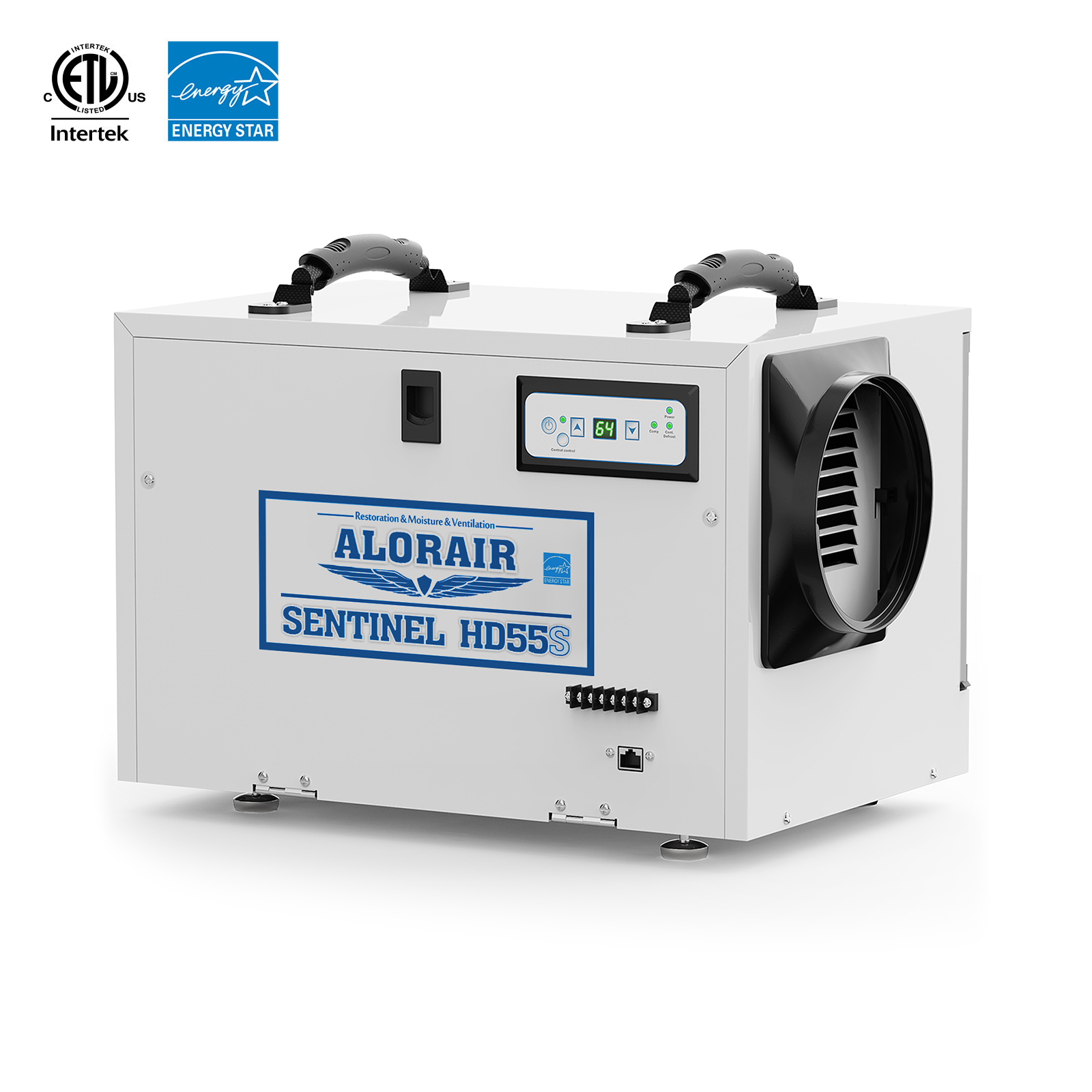
.HDi90.png)
.HD90.png)

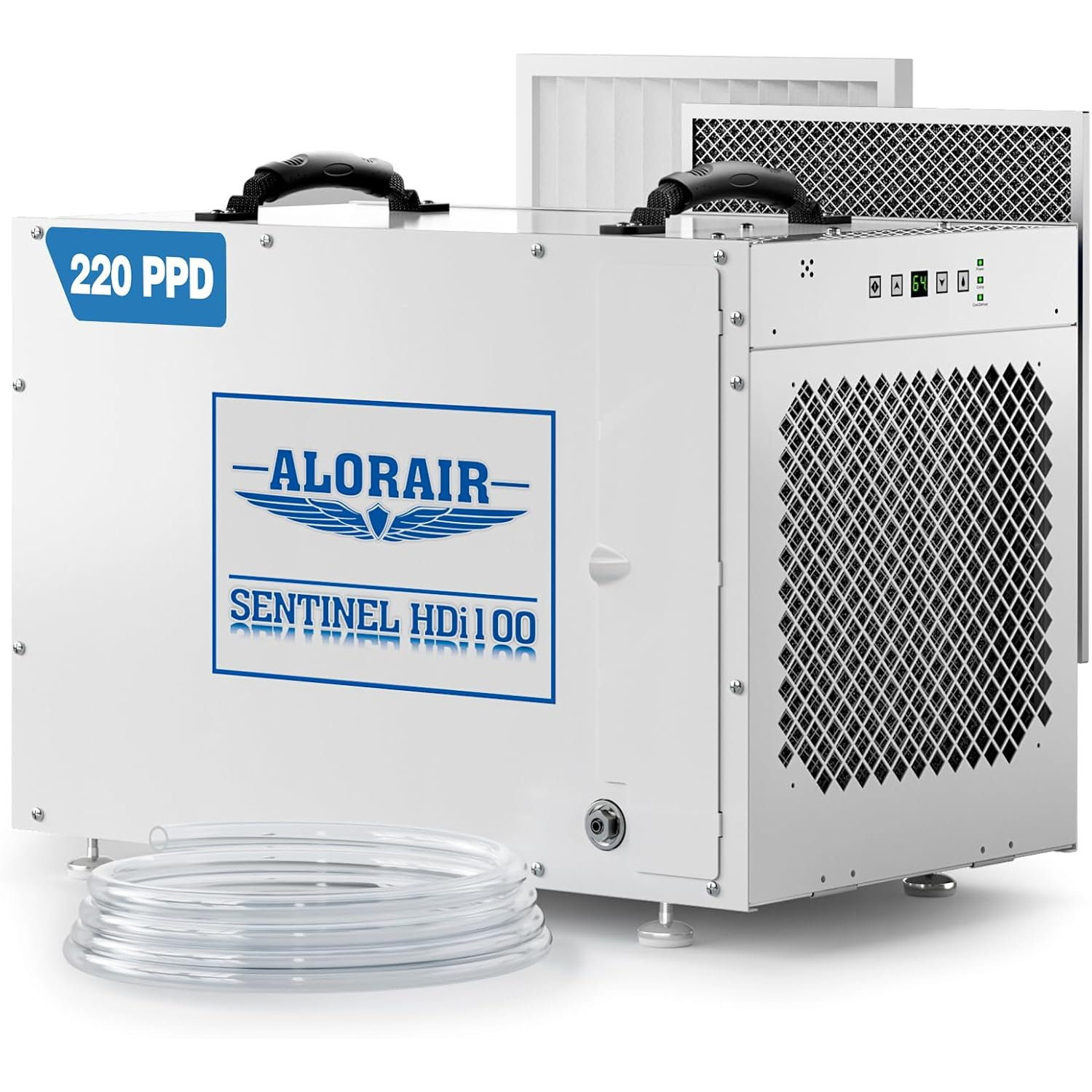

.jpg)
.jpg)
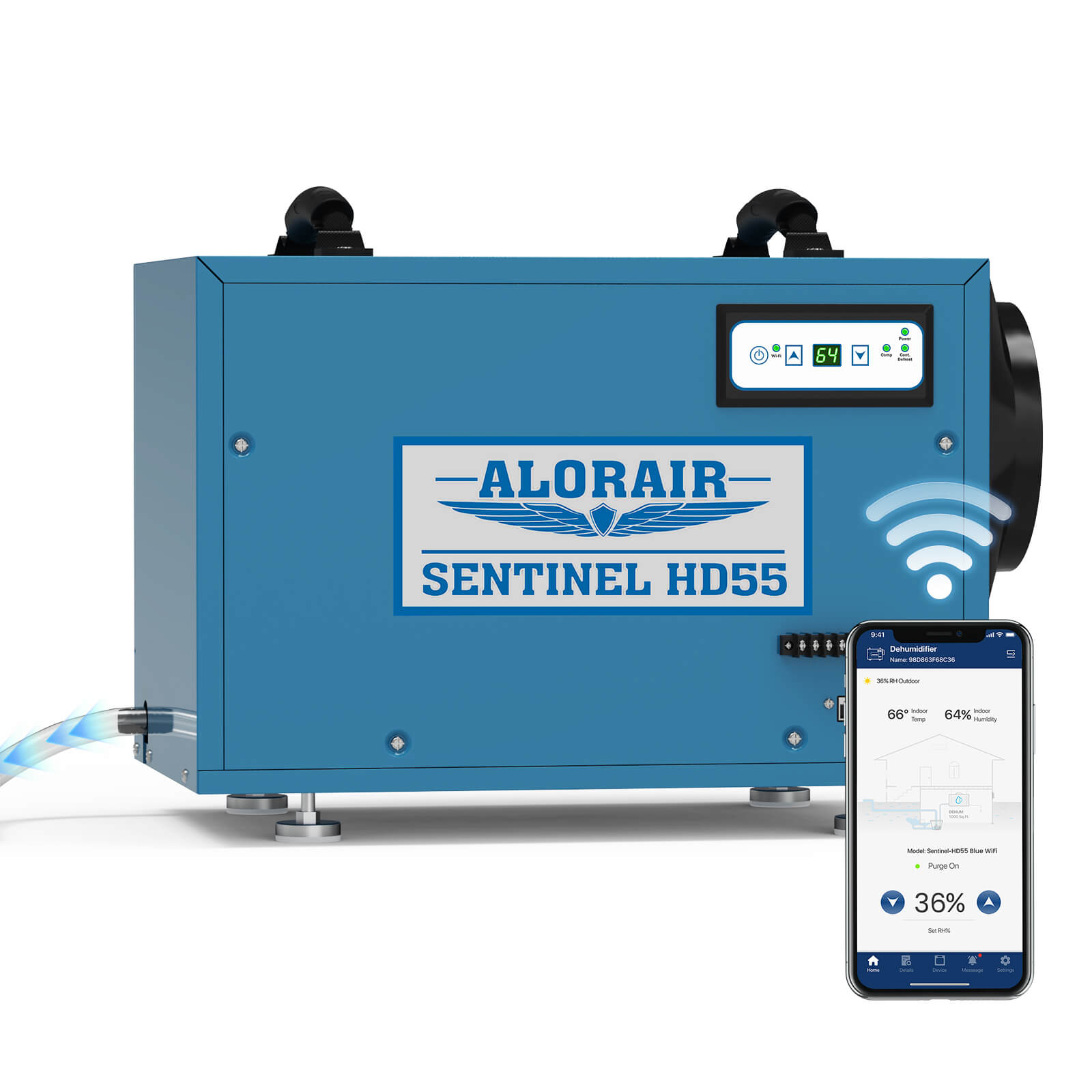
.jpg)

.jpg)
.jpg)





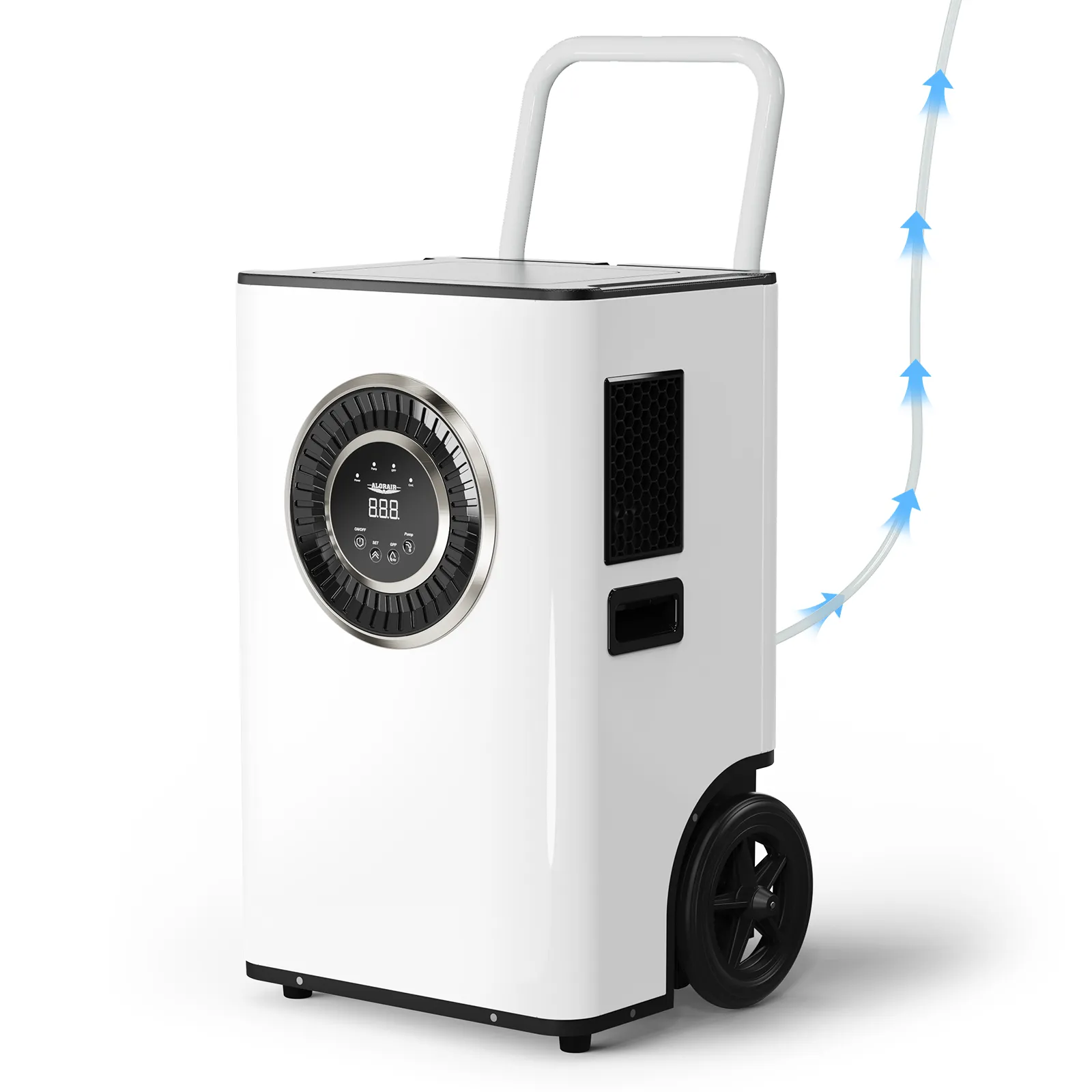
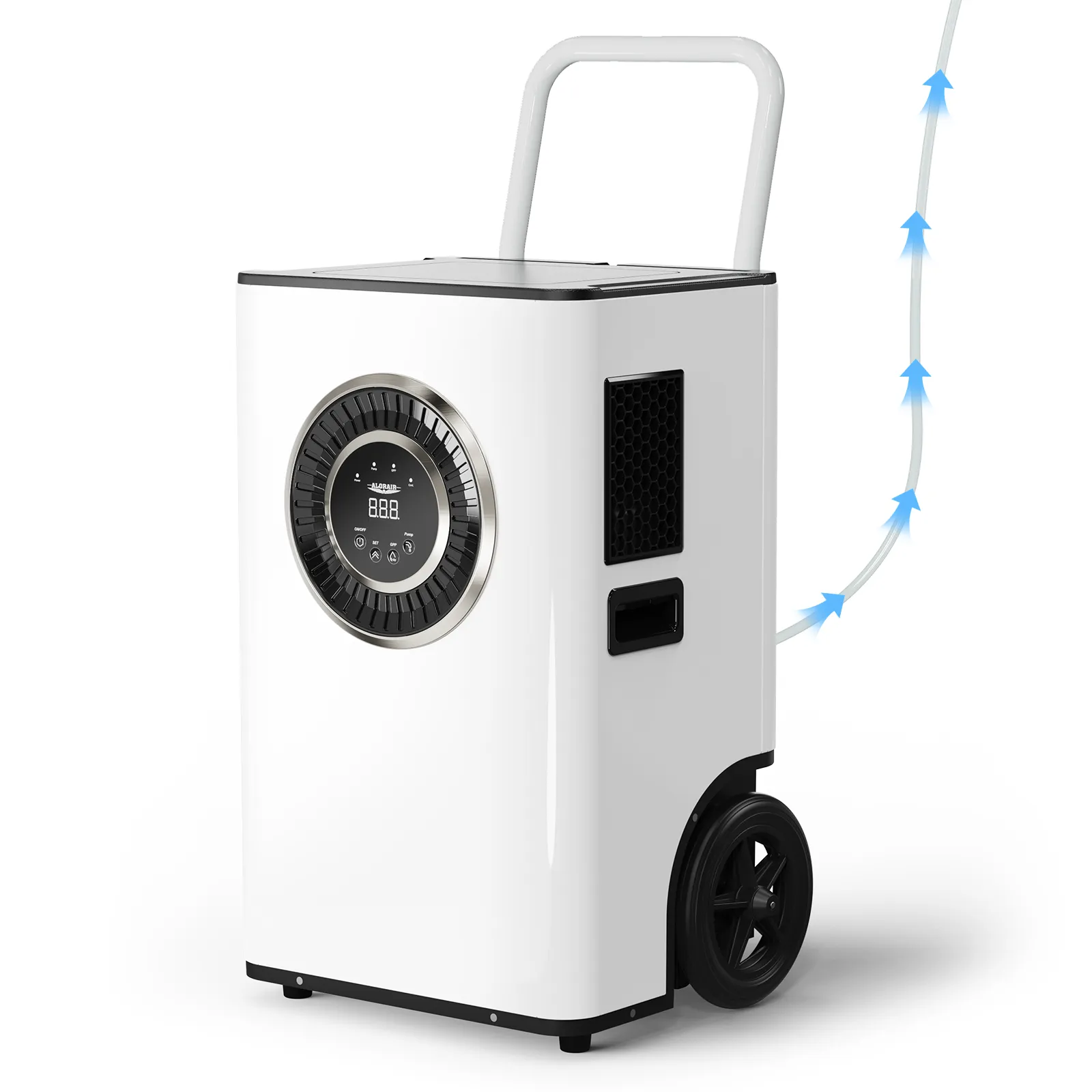
.jpg)
.jpg)
.jpg)





.jpg)
.jpg)











.jpg)
.jpg)








.jpg)
.jpg)












.webp)
.webp)
.webp)
.webp)
.jpg)
.jpg)
.jpg)
.jpg)
.jpg)
.jpg)
.jpg)
.jpg)
.jpg)
.jpg)
.jpg)
.jpg)
.jpg)





.jpg)
.jpg)
















-.jpg)
.jpg)

.jpg)
.jpg)




























 Exclusive offers
promotions
Exclusive offers
promotions

